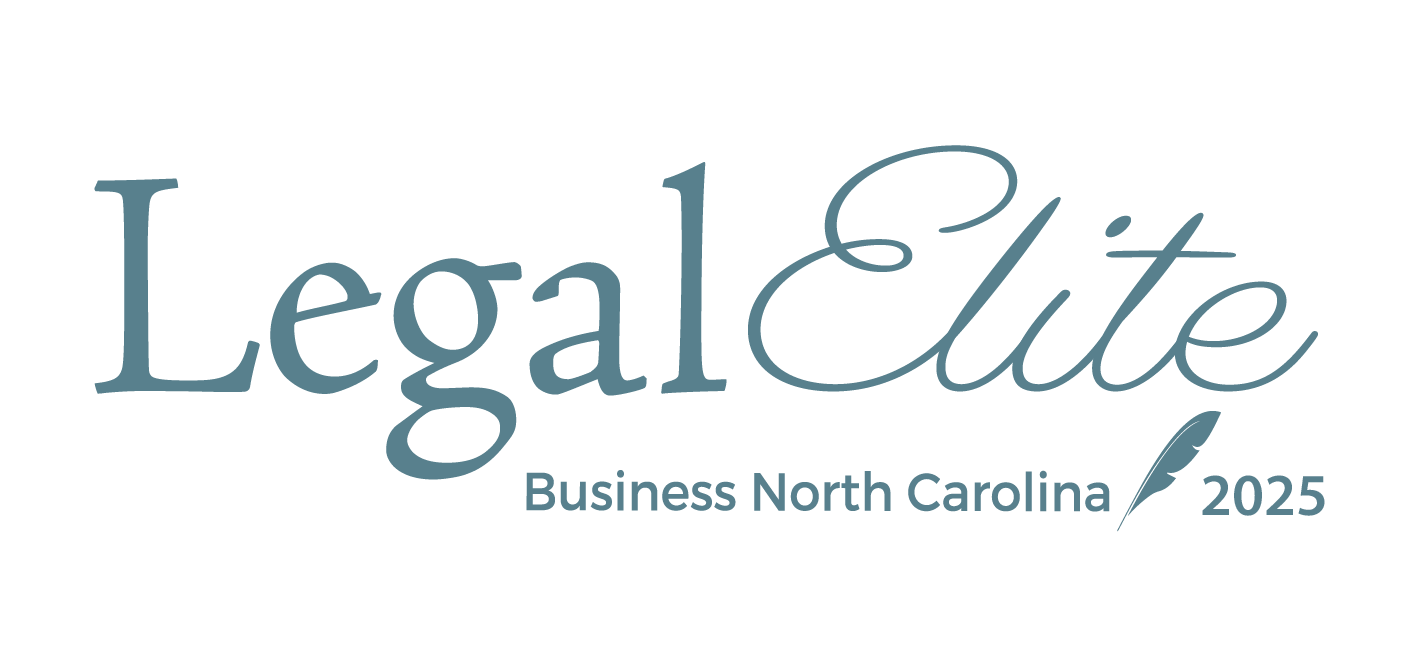The power of eminent domain, also referred to as condemnation, refers to the power of the government or other quasi-governmental entity, such as a utility company, to take private property for a public purpose.
The law requires "just compensation" to be paid when a taking occurs. What happens, however, when the property taken is common area owned by a community association, property owners' association ("POA"), or homeowners' association ("HOA") (collectively, "Association")?
In a subdivision or planned community managed by an Association, the common area and elements are typically owned by the Association. However, the individual property owners have easement rights granting them the right to use the common area (for example, parks, playgrounds, swimming pools, tennis courts, streets and walkways, and other commonly shared property). An easement is a property right that, if taken, requires the payment of just compensation to the holder of the easement; in this case, the various lot owners in the planned community or subdivision. In the case of a condominium, the condominium unit owners actually own the common area in fee simple as tenants in common. This fee simple ownership, if taken, would normally require the payment of "just compensation" to the unit owners for the value of the property interest lost as a result of the taking.
The taking of common area and common elements can significantly impair the value of the lots, homes and units in a community. Picture, for example, a DOT taking where an elevated highway is built where the community's swimming pool once stood. Are the lot and unit owners entitled to just compensation for the value of the common area taken and the damage done to their property values in a condemnation proceeding? The answer is "yes, no, and maybe."
Uniform Planned Community Act/Uniform Condominium Act
In states such as North Carolina that have enacted legislation that substantially follows the Uniform Planned Community Act ("UPCA") and the Uniform Condominium Act ("UCA"), the Association is granted the power and authority to act for all of the lot owners or unit owners in a condemnation or eminent domain case where common area is taken. The Acts provide that the portion of the just compensation award "attributable to the common elements taken" shall be paid to the Association. The Acts and the governing documents of the planned community or condominium dictate how the just compensation paid to the Association can be used or disbursed.
It would seem that, despite this law, a lot owner or unit owner whose property value has been substantially affected by the taking of common area should also be entitled to compensation for the reduced value of the lot or unit. In a case decided by the Supreme Court of Kansas, for example, the Kansas DOT took lots in a subdivision that were subject to Restrictive Covenants preventing the construction of anything but single-family homes on the subdivision lots. The Court held that the single-family home restriction was a "property right" of the remaining lot owners in the subdivision that was taken when a highway bridge was constructed on the taken lots. The Court sent the case back to the trial court with instructions to determine the damage that each lot owner had sustained as a result of the taking.
Fiduciary Duty
The officers and directors of an Association have a fiduciary duty to properly respond to and deal with a taking. The Association should take advantage of any opportunities that arise before the taking actually occurs for input into the nature and extent of the taking, including, in the case of roads or highways, their location and design. Typically, the condemning entity will have an appraisal done estimating the value of the property to be taken and the just compensation that should be paid to the property owner or, with common elements, the Association. Often times it will be incumbent upon the Association to retain its own appraiser to ensure that a fair price is paid. The condemning entity will certainly have legal counsel, and the Association would be wise to retain its own legal counsel to provide guidance through this process and to ensure that the Association is fulfilling its fiduciary duty.
Conclusion
The taking of a common area or common elements by a condemning entity can be a devastating and traumatic occurrence for an Association and its members. The Association needs to understand the process and deal with it appropriately. Having an attorney who is experienced in both the areas of community association law and eminent domain law will be essential.
The experience of the attorneys at Ward and Smith in the areas of Community Association law and Eminent Domain law is significant. Please consider our team for your community's legal needs.








